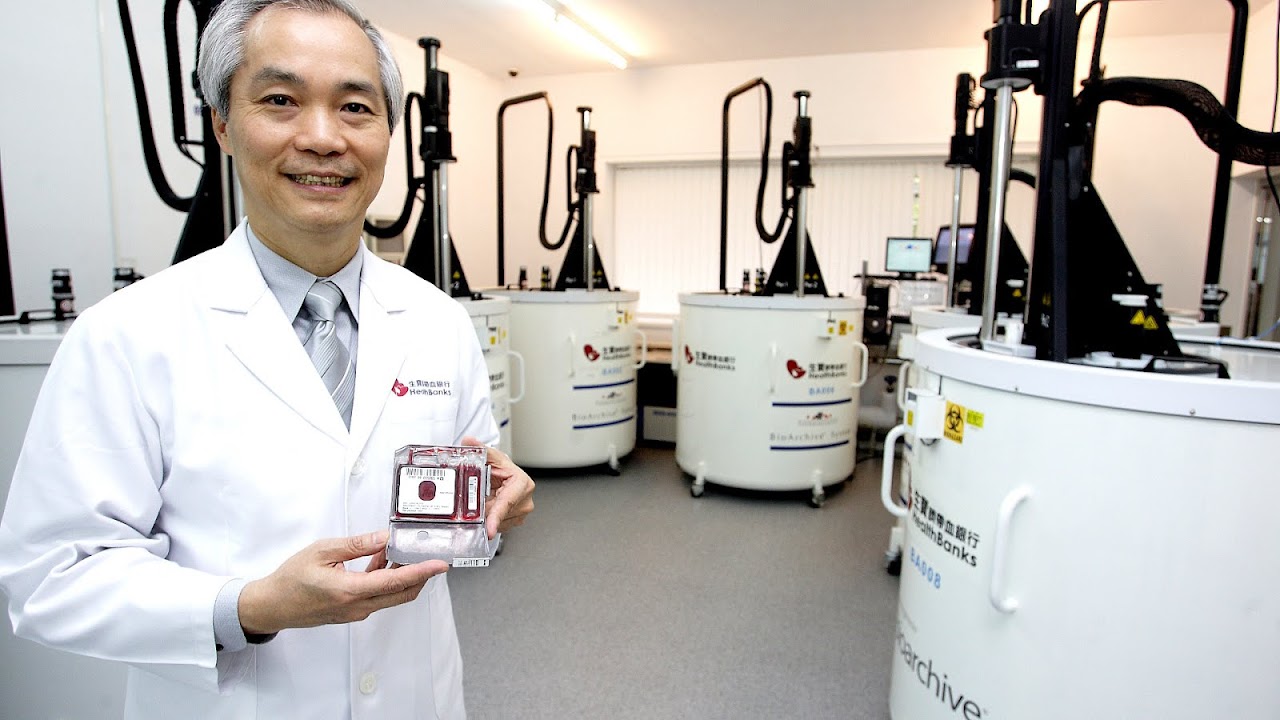Cord blood banking includes the collection, processing, and storage of blood from the umbilical cord and placenta after a child is born. This blood is rich in hematopoietic stem cells, which have the potential to become various forms of blood cells. Here are the key steps concerned in cord blood banking:
Collection:
After the infant is born and the umbilical twine is clamped and reduce, the remaining blood within the umbilical wire and placenta is collected. This process is protected, painless, and non-invasive.
Processing:
The collected cord blood is processed to separate and concentrate the stem cells. This entails removing red blood cells and different elements to go away a product rich in hematopoietic stem cells.
Testing:
The wire blood unit undergoes numerous tests to ensure its safety and viability. These tests embody screening for infectious ailments and checking the compatibility of the blood with potential recipients.
Cryopreservation:
The processed and examined cord blood is then cryogenically preserved, typically by freezing it at very low temperatures. This long-term storage helps preserve the viability of the stem cells for an prolonged interval.
Storage:
The cryopreserved wire blood unit is saved in specialized facilities, sometimes called twine blood banks. These banks comply with strict protocols to make sure the safety and integrity of the saved wire blood.
Private Cord Blood Banking:
Family Use:

Some parents go for private wire blood banking, where they pay to retailer their child's twine blood solely for their family's potential use. This is done in case a member of the family develops a medical situation which may be treated with a stem cell transplant.
Public Cord Blood Banking:
Donation:
Parents even have the option to donate their baby's twine blood to a public wire blood bank. In this case, the cord blood turns into part of a public registry and may be utilized by anyone in need of a stem cell transplant.
Community Benefit:
Public twine blood banking contributes to constructing a various and intensive inventory of twine blood units, increasing the possibilities of finding an acceptable match for sufferers who require stem cell transplants. It is taken into account a group service.
Considerations:
Cost:
Private twine blood banking includes initial charges for collection, processing, and storage, whereas public cord blood banking is usually free for donors.
https://maps.app.goo.gl/ZxqTWRVidzNjQUwz6 :
Families might think about wire blood banking if they have a historical past of certain medical circumstances that might doubtlessly be handled with a stem cell transplant.
Educational Programs:
Cord blood banks typically present instructional programs to tell expectant parents about the benefits and issues of cord blood banking.
Cord blood banking is a valuable useful resource for potential medical treatments, notably in the context of hematopoietic stem cell transplantation. Parents should carefully weigh the potential advantages and costs when deciding whether to privately financial institution their child's cord blood or contribute to a public wire blood financial institution..
